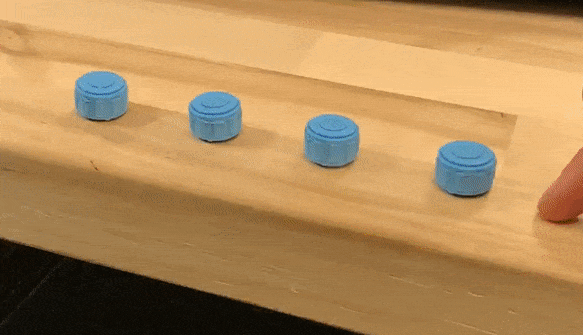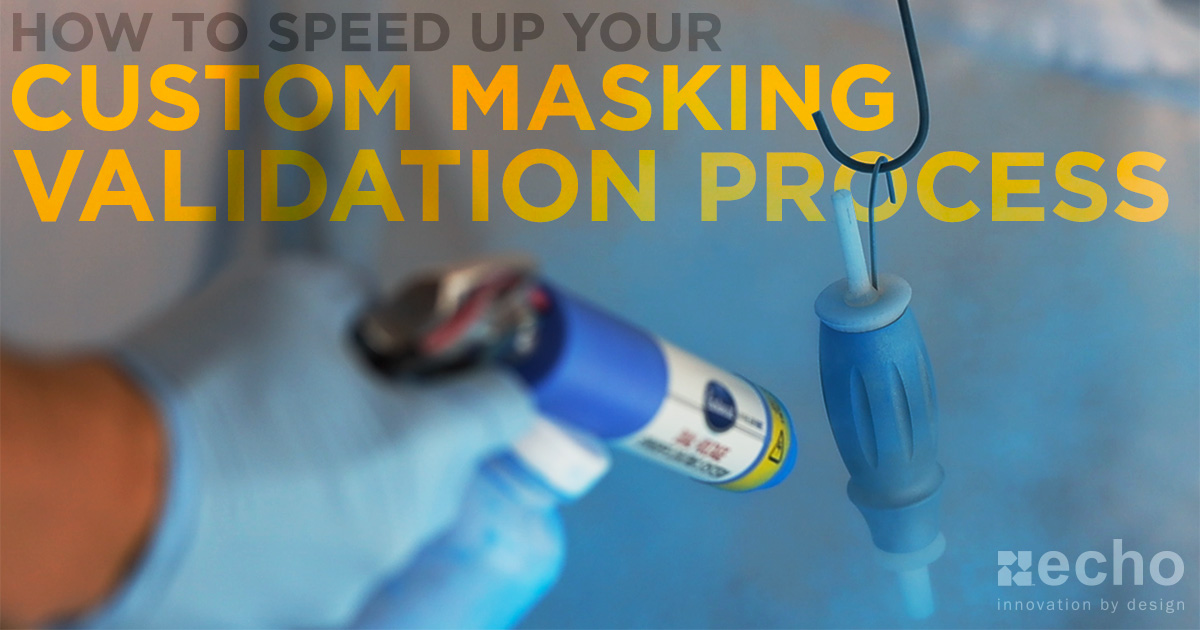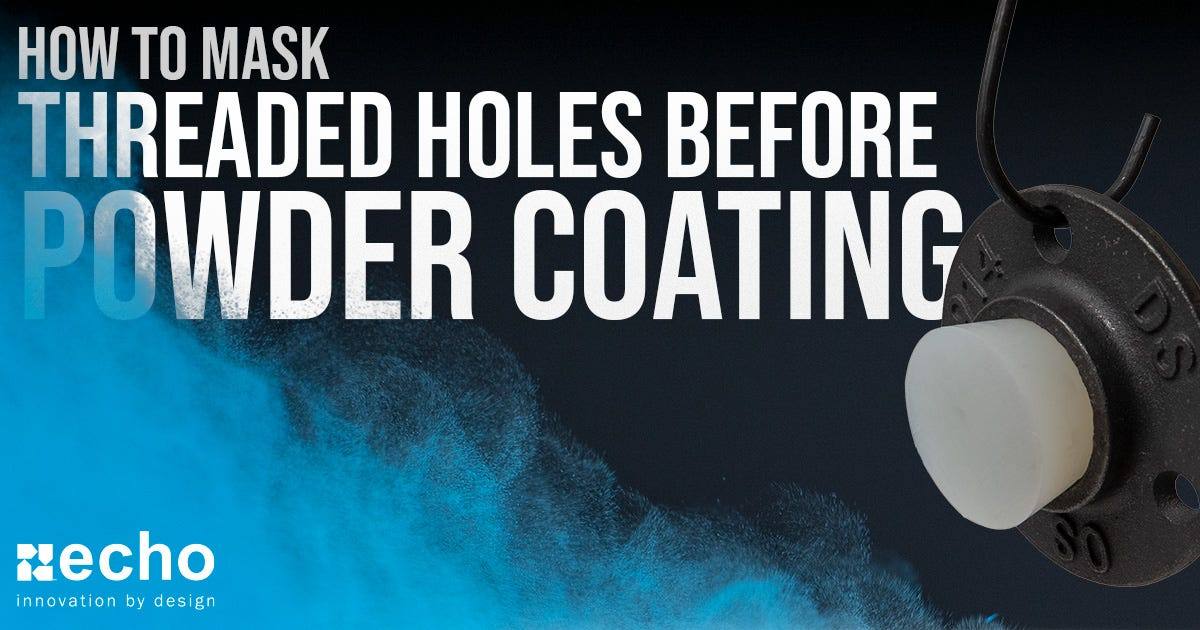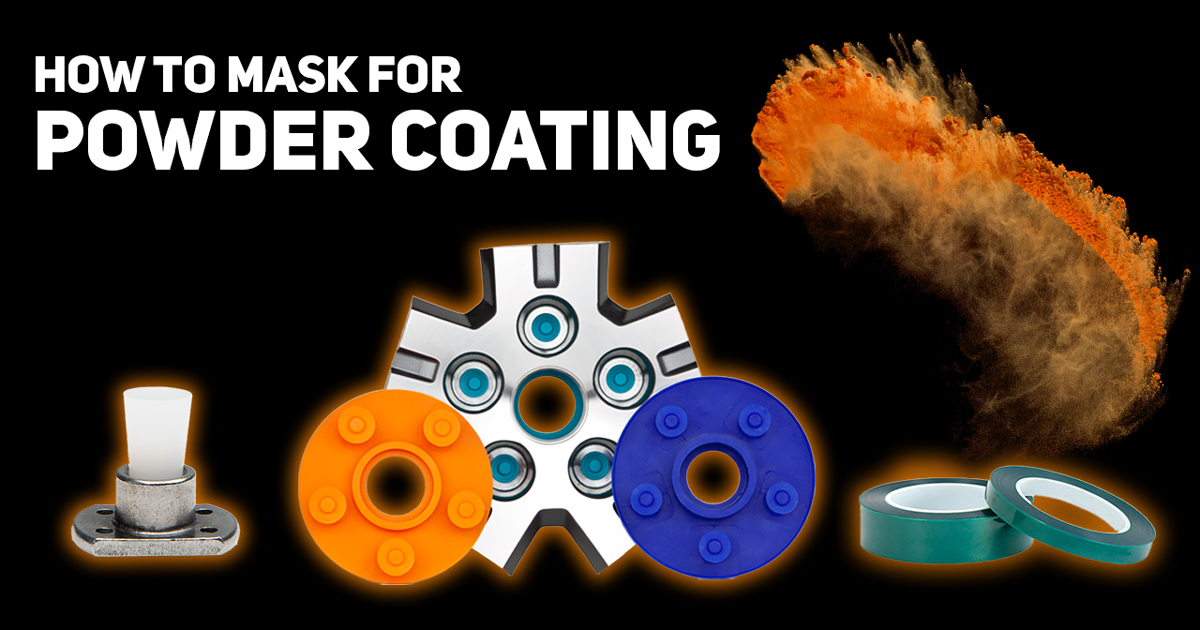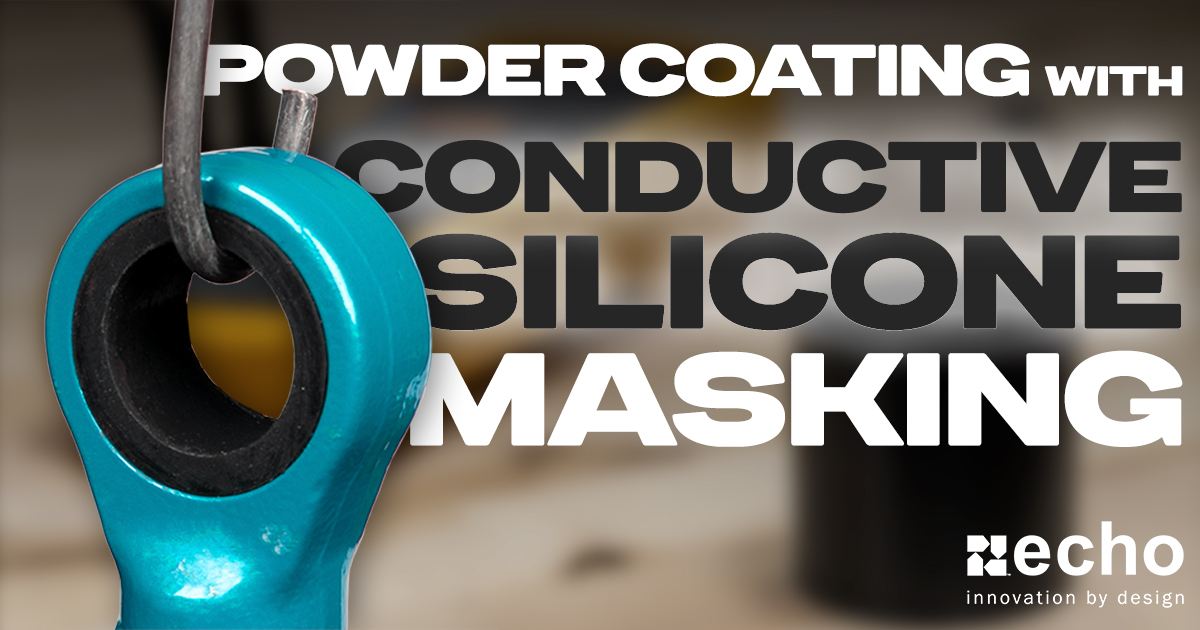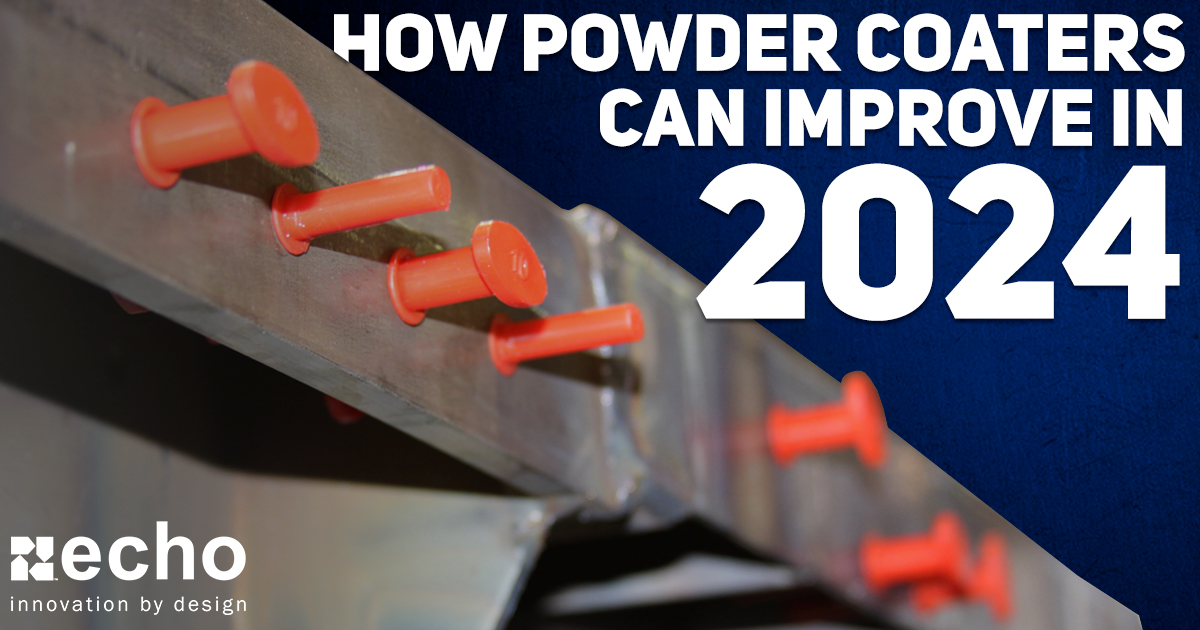Magnetic Masking for High Temp Powder Coating
-
 By
Lee Lechner
By
Lee Lechner - Sep 13, 2019
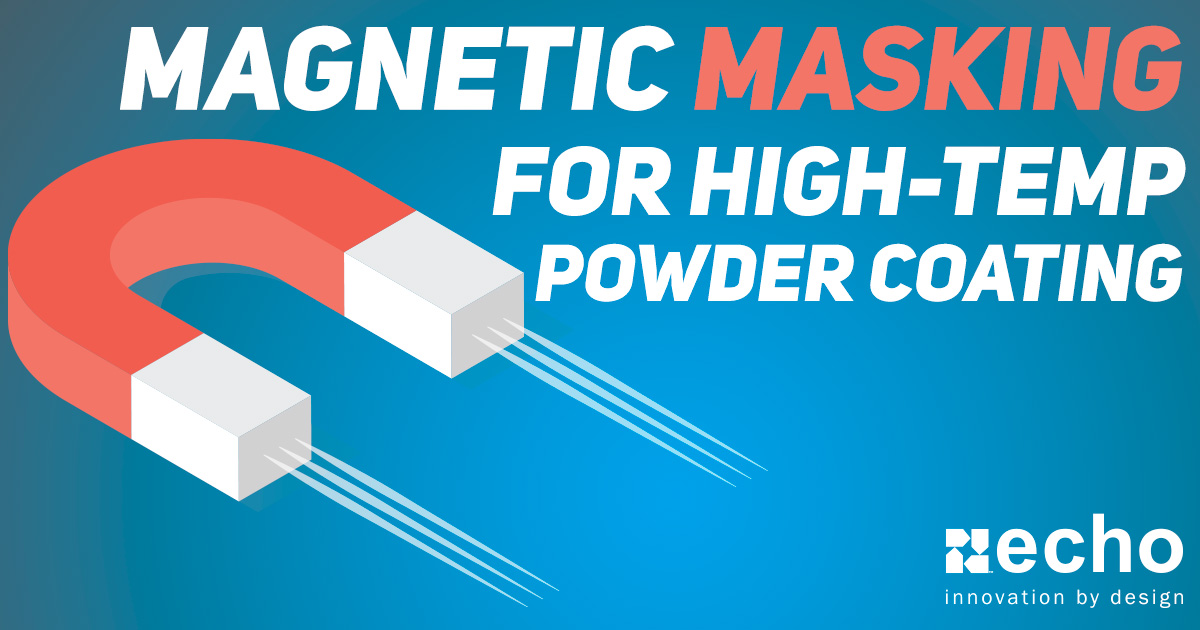
Magnetic Masking for High-Temp Powder Coating
Over the past few years, significant advances have been made towards the usage of magnets with masking solutions used during powder coating. Throughout this post, we'll explore if and why you should consider making the switch, and what it takes to design an effective masking part.
Why Magnetic Masking
Masking is a notorious time suck in the finishing world and an unwanted expense that powder coaters have been forced to deal with. Installation and removal take more time than you want, and depending on the type of mask you’re using, it can leave a mess.
This is why high production manufacturers are making the switch over to magnetic insert masking solutions. Let’s take a deeper look into why you should also consider making the switch, and what it takes to make a successful mask…


- Magnets Replace the Need for Adhesives: Silicone magnetic insert masks are a massive upgrade from using your standard high-temp masking tapes, like green poly or glass cloth. Compared to a custom magnetic insert mask, high-temp tapes take way longer to install & remove, you only get one use out of them, and they’re likely to leave a residue. Nobody wants to deal with that.
- Ergonomics / Faster Installation and Removal: Magnetic Masking is easily one of the fastest masking components compared to caps, plugs, and tapes when it comes to installation and removal. Caps can be difficult to remove. Plugs sometimes require twisting to create a good seal. And tapes are just a hassle.
- Ability to Mask Where You Can't Use a Cap or Plug: In instances where you need to mask a metal surface, such as a mating surface, but there is nothing to cap onto or plug into, magnetic insert masks are ideal. They’re designed to quickly attract to the metal without any risk of adhesive residue.
What Magnets Types Actually Work for Powder Coating?
When it comes to magnetic insert masks, it all comes down to choosing the right magnet. It’s going to a balance between Magnetic Strength, Heat Resistance, and Price.
Rare Earth Magnets (Ideal Choice)
Rare earth magnets are where it’s at when it comes to what you’ll need to develop a masking solution that can withstand a powder coating process. There are two types of rare earth magnets to choose from:
Samarium Cobalt (SmCo)
This type is one of the more expensive materials due to manufacturability, but it is powerful and can withstand much higher temperatures (up to around 650°F).
This will typically be the go-to choice for powder coaters with high-temps and long curing cycles.
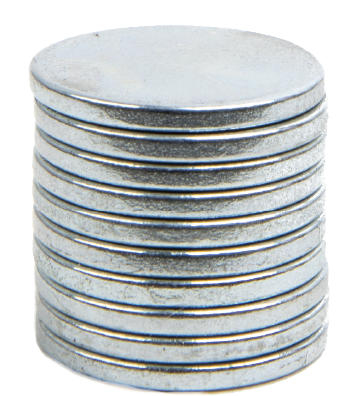

Neodymium Iron Boron (NdFeB)
This is one of the strongest magnets, it’s a much lower price compared to Samarium Cobalt, but typically won't do well with higher temps (depending on the grade), resulting in more magnet change-outs.
The silicone that surrounds the magnet will actually absorb a fair amount of the heat, allowing your line to get more usage from each magnet.
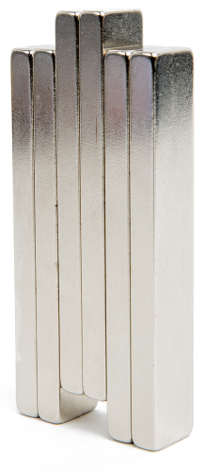

Ceramic (Ferrite) Magnets - NOT RECOMMENDED
Ceramic magnets are commonly used as fridge magnets and craft projects. While this type of magnet is the cheapest and can withstand high temperatures, they, unfortunately, have low strength, making them not strong enough to maintain most silicone masks.
Flexible Magnets - Low Temp Only
This form of a magnet is used by die-cutting to your specific shape you need masked (rather than inserting magnets into silicone). This is done by binding ferrite or rare earth magnet powders in carriers, such as vinyl’s.
The downside of these magnets is that they are fairly weak and can only be used during low temp processes. Which means they’re most likely going to be a no-go for your powder coating line.
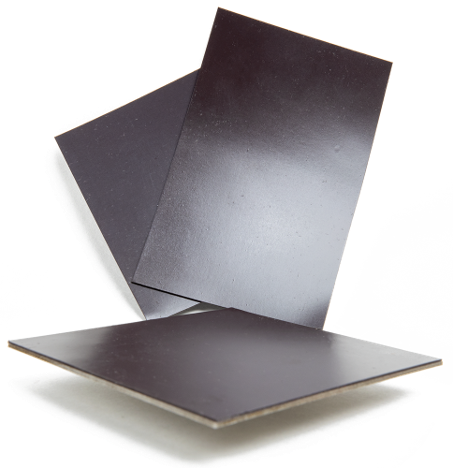

Design Elements for Successful Magnetic Masks
Choosing a Strong Magnet
The most critical aspect of these types of molded masking components will be to choose a magnet that is strong enough to not only retain the weight of the silicone but to also ensure it’s creating a tight grip/seal on the mating surface.
This will come down to the magnet type and grade of that material. There is a significant difference in strength and price between an N35 NdFeB magnet and an N50 NdFeB.
Spacing Between Magnets
Spacing and quantity of magnets used will play a big factor depending on the size of the mask and how tight of a seal you need to create.
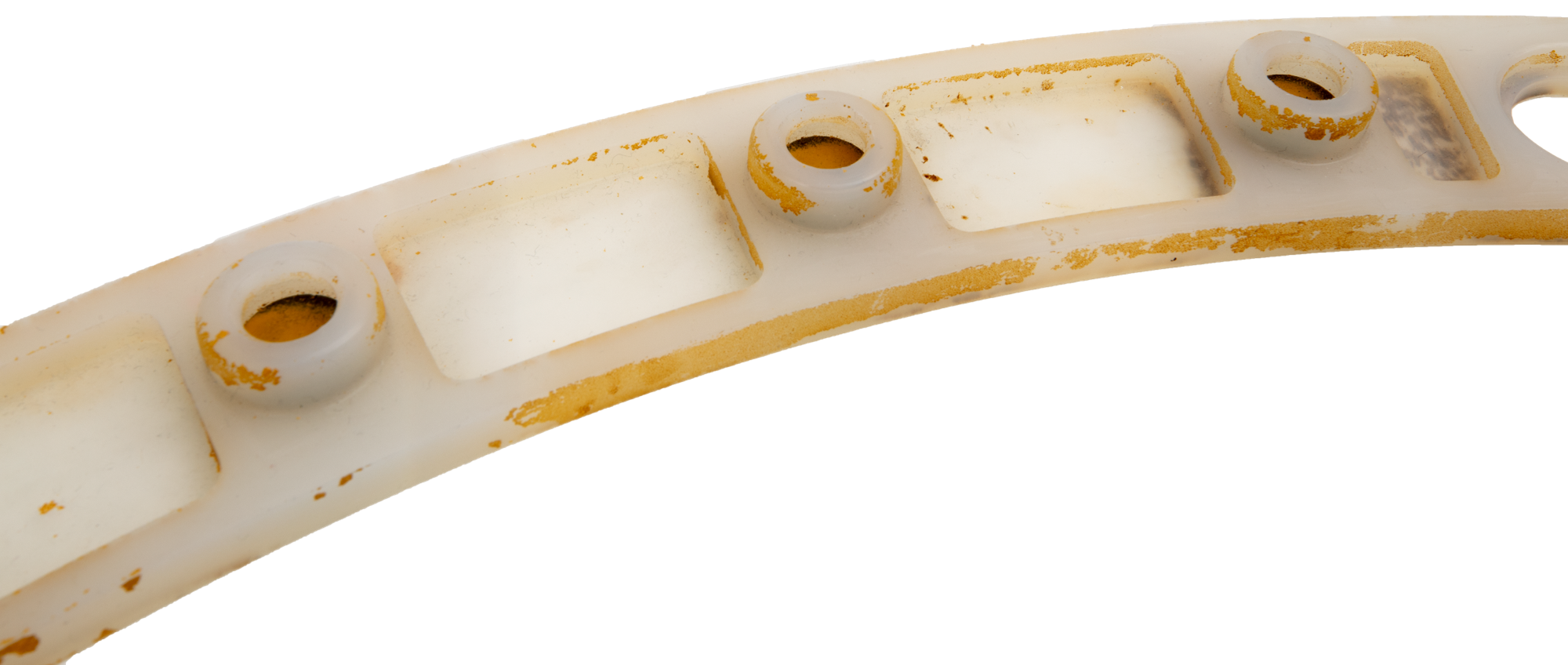

Thickness of the Silicone Surrounding Magnet
If the silicone is too thin, the magnet will rip through during removal. If it’s too thick, the magnet will have a harder time attracting to the metal, resulting in a weaker seal.
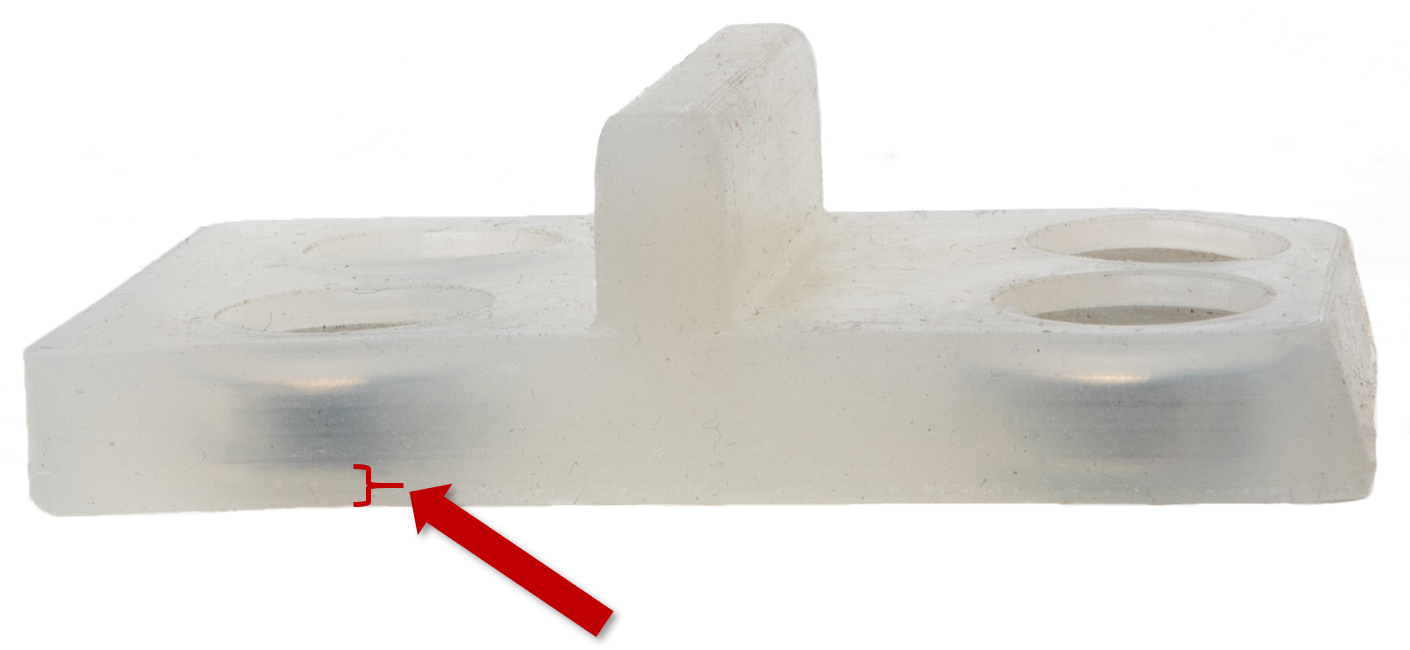

Silicone Coverage of Magnets
Silicone has great heat resistance, which will help to get the most usages out of the magnet, as the magnets strength will deteriorate the more it is exposed to the extreme heat
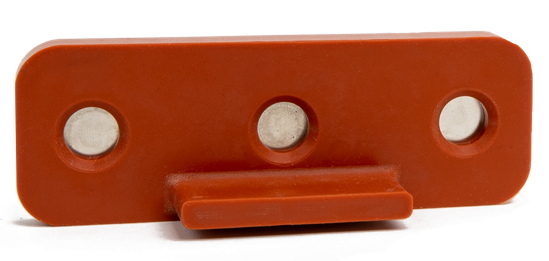

Magnet Geometry
Magnets that are as tall as they are wide will maintain their strength and last longer than magnets that are thin & wide because they’re able to disperse heat evenly.


Conclusion
Overall, magnetic insert masking is a significant upgrade from masking solutions you’re accustomed to because of their speed, ability to mask surfaces where you can’t cap over or plug into, and there is no risk of adhesive residue. That said, they really should only be considered if you’re a higher volume operation that cannot afford to be slowed down by excessive amounts of time dedicated to your masking process.
If you're exploring the possibility of implementing custom magnetic insert masks into your next project and would like consultation from our sales and engineering teams as to whether or not this is the best option for your operations, let us know here and we'll get back with you asap.



